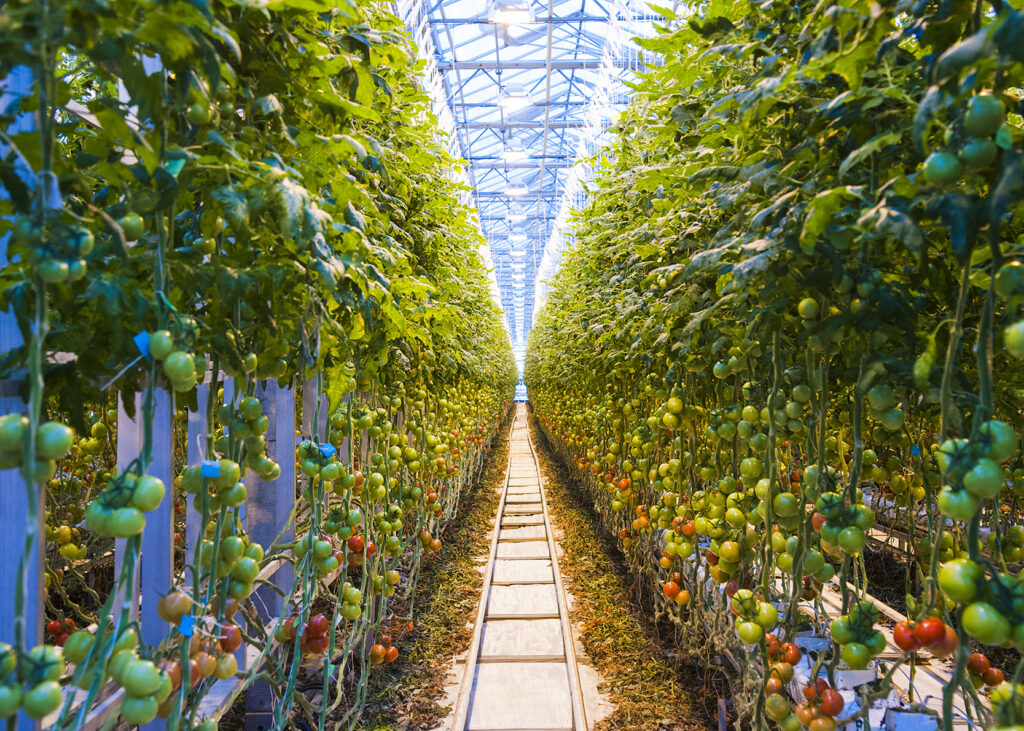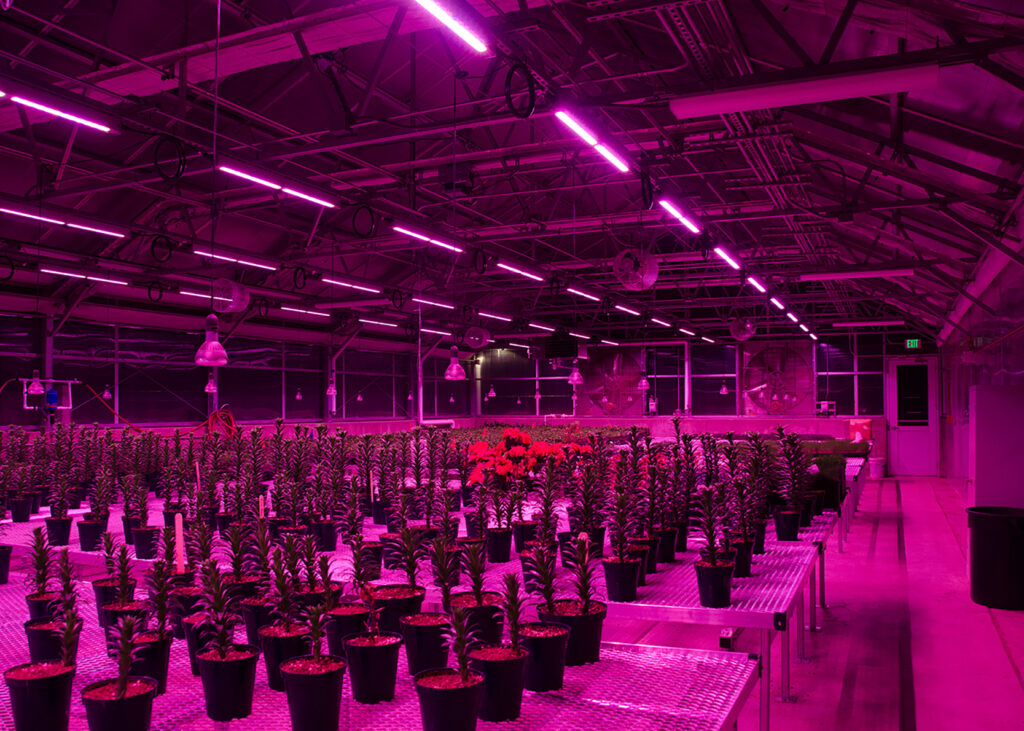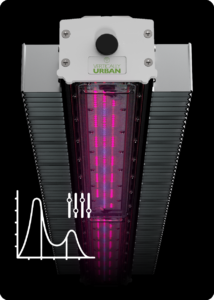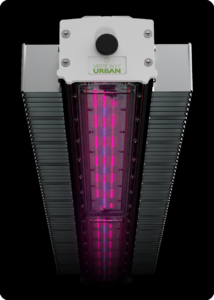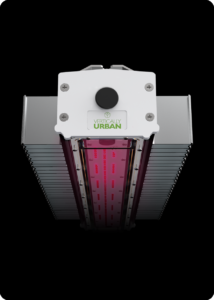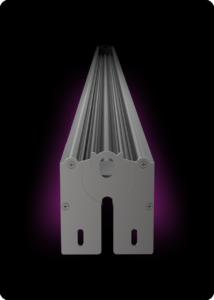HPS TO LED: BENEFITS OF MAKING THE SWITCH
INCREASED ENERGY EFFICIENCY
The use of LED lighting in glasshouses is a more energy-efficient option than traditional lighting sources such as High-Pressure Sodium (HPS) lamps, resulting in lower energy costs and reduced environmental impact. LED lighting is up to 60% more energy efficient than HPS lighting, resulting in significant energy savings and lower operating costs.
IMPROVED CROP YIELD & QUALITY
LED lighting emits a spectrum of light that can be specifically tailored to meet the needs of different crops, resulting in improved crop quality and consistency.
LONGER LIFESPAN
LED luminaires have a much longer lifespan than HPS lighting, reducing the need for frequent replacement which in turn leads to lower maintenance costs.
REDUCED HEAT OUTPUT
HPS lighting produces a significant amount of heat, which can be detrimental to plant growth and can increase the need for additional cooling systems. LED lighting produces much less heat, reducing the need for additional cooling and ventilation systems.

